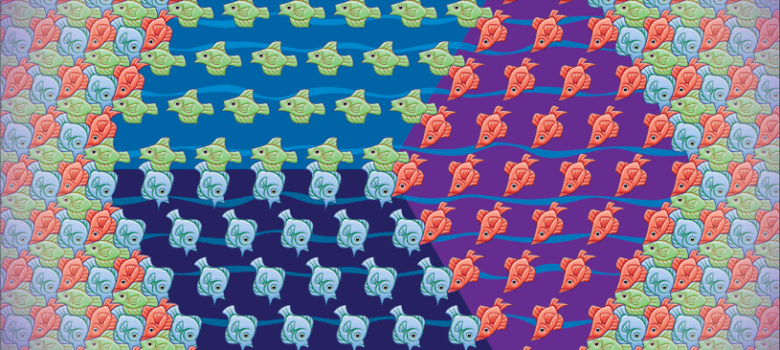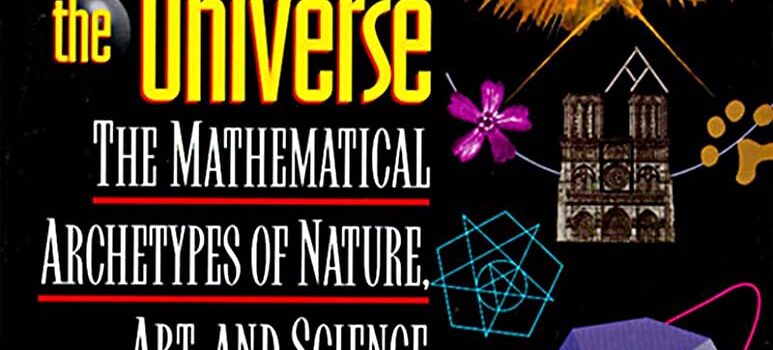Moon Dogs & Sun Dogs

Back in 2001 while in college at East Stroudsburg, Pennsylvania, I once witnessed a moon dog. At the time I had no idea what it was; it just appeared to be a big ol’ halo around the moon. It wasn’t until very recently when I learned about such a thing. I’ve heard of sun dogs before but the reality of moon dogs evaded me. Then just recently about two or three months ago I looked up at the sky at night and boom, another one, only this time I knew what I was dealing with. What is a Moon Dog? A Moon Dog, also known as a Paraselene, is an atmospheric phenomenon that’s supposedly caused by the refraction, reflection, and dispersion of sunlight through ice crystals in the Earth’s atmosphere. They typically appear as a pair of faint patches of light, at around 22° to…


